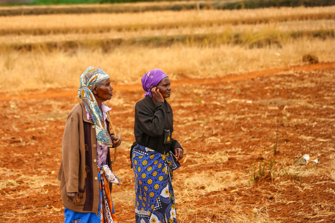- #Uzman Tavsiyeleri
- #Çözümlerimiz
Risk yönetiminde yeni bir dönem: Akıllı gösterge paneli çağı
Yeni nesil akıllı gösterge paneli çözümleri ve gelişmiş bağlanabilirlik sistemlerinin yükselişiyle birlikte, ticari risk yönetiminde önemli bir paradigma değişimi yaşanıyor: daha sezgisel, daha hızlı ve daha iş birliğine dayalı. Raporlamadan yönetişime kadar, işletmenizi çeviklik, performans ve öngörüyle yönetmek için akıllı gösterge paneli gücünden nasıl yararlanabileceğinizi keşfedin.







